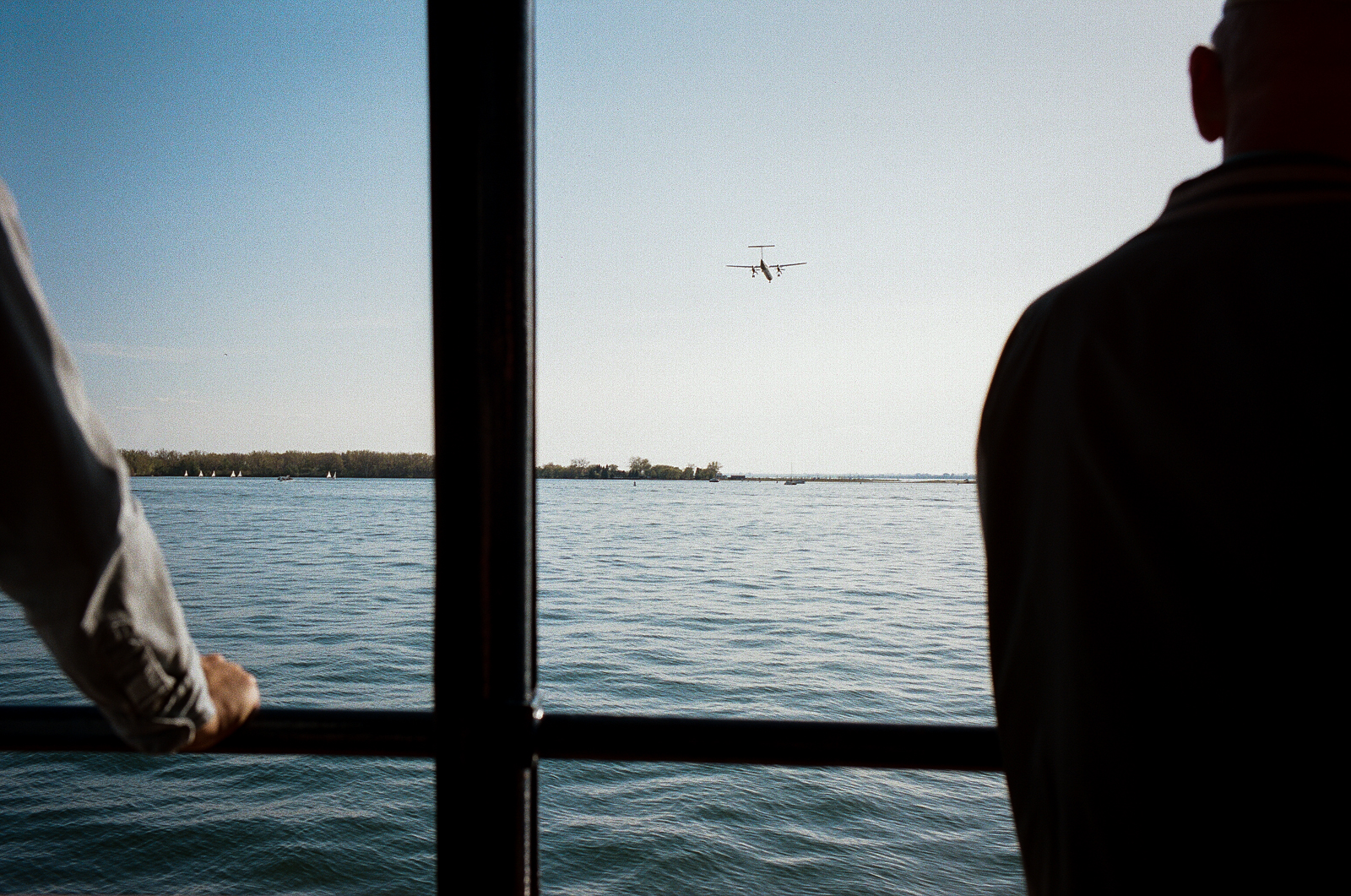It’s been a long time coming but I’ve finally made the switch back to film photography. Digital is very promising with a bright future but in the end I was won over by the little light-tight cartidges packed with 64.5 inches of silver halides waiting to be kissed by the light. Hit the jump to read the top 10 reasons I made the switch!
10 Reasons I Switched From Digital To Film Photography And Will Only Shoot Film Forever And Ever Until The Day I Die
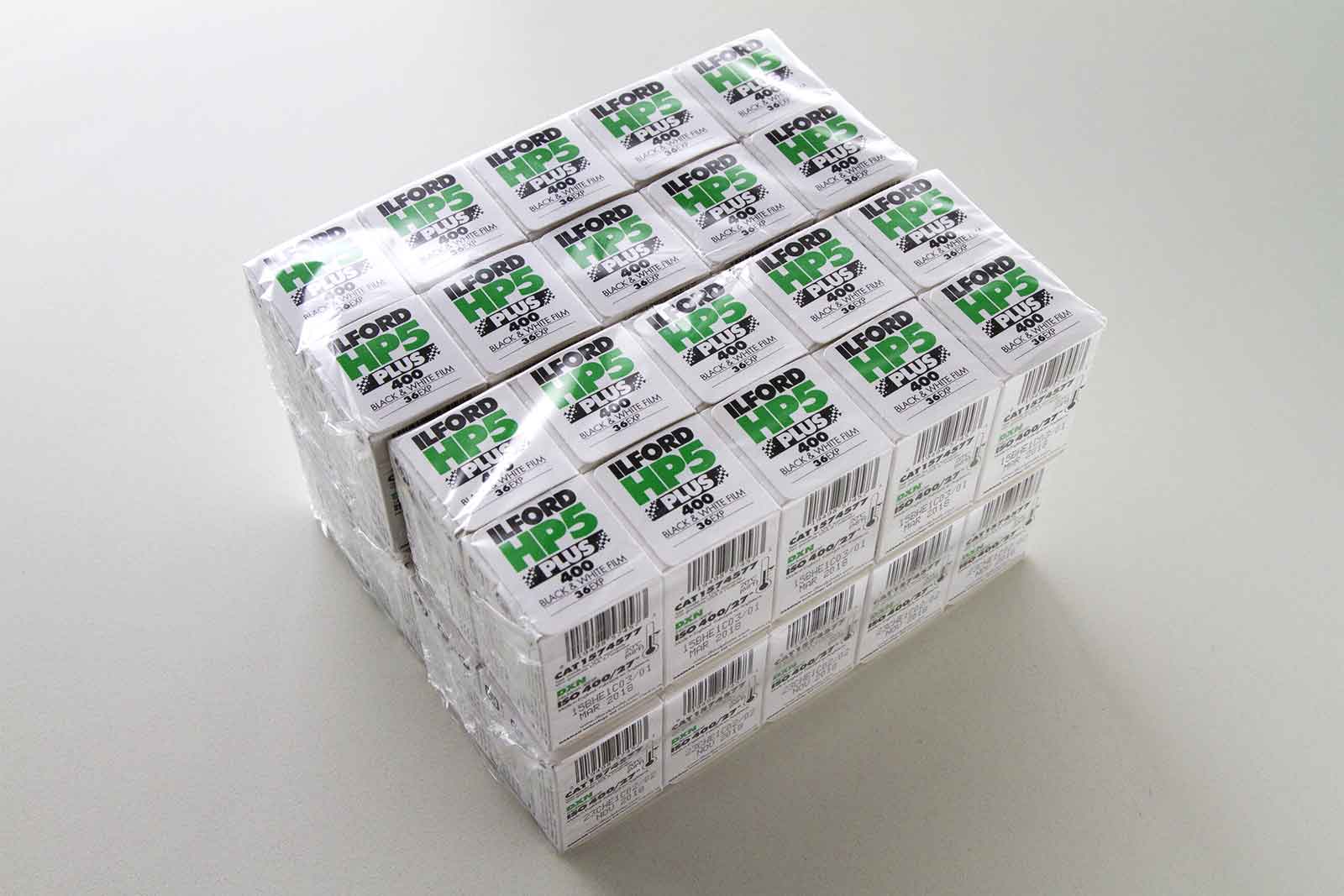
Before I get into the reasons I switched I suppose I should say that I’m shooting Ilford HP5+ this time around. I’ve gotten great results with Portra 400 in the past but I made the decision to shoot black and white because I love the way it looks plus it’s easy to process and handle at home. With this in mind, I narrowed my choices down to Tri-X and HP5+.
I went with HP5+ because it’s considerably cheaper than Tri-X if you buy it in bulk – $54.90 / 100 feet vs. $84.95 for Tri-X. You can get about 18-20 rolls of 36 exposures out of 100 feet of bulk film so the price of HP5+ comes in at just over $3 a roll!
Decided on my film so I’m ready to roll. Literally!
1 – I Already Know How Film Works

I studied photography as my major in university, graduating in 1990 with a Bachelor of Applied Arts, Photographic Arts degree from Ryerson University in Toronto Canada. That’s quite a mouthful but it does mean that I learned how to take pictures when there was only film photography. Heck, that’s 5 years before most people had even heard of the internet!
However you look at it, I spent 4 years studying how to get the most out of film and I’ve already developed thousands of rolls of film in my life. A few more won’t kill me!
2 – Street Photography Has A Long Tradition Of Shooting With Film
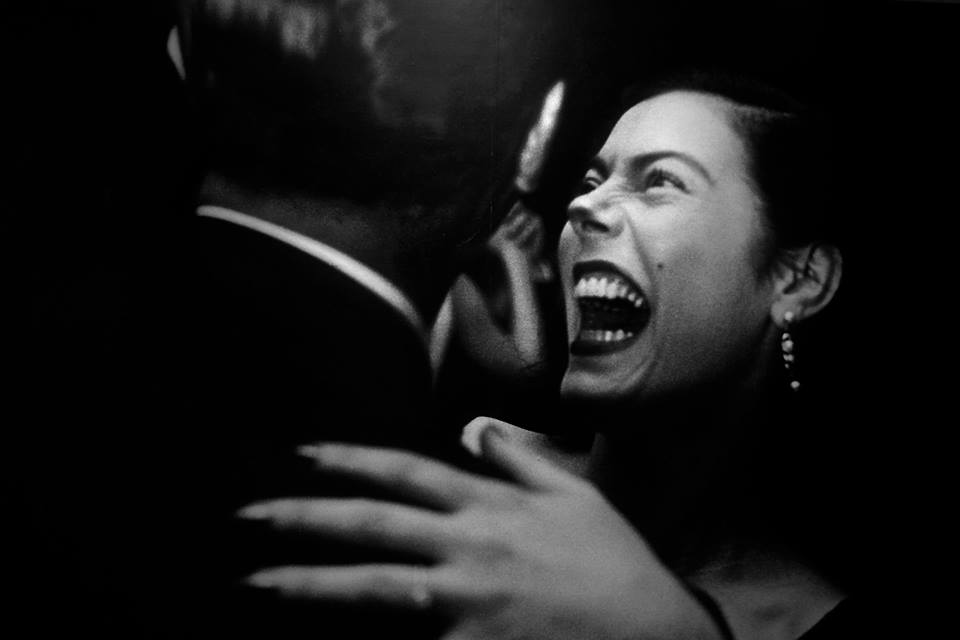
Think of the canon of street photographers, the names etched into the mind of every street photographer, and they shot film. From Bresson to Winogrand, Robert Frank to Trent Parke, film is the basis of their work. The way film sees the world is unique and by shooting film now I’m paying homage to those who came before me. A tip of my hat to the millions of frames taken before I picked up my first camera as a boy.
Matt Stuart put it best when he said:
I’m working in a tradition where film was the norm. I like to be a part of that and respect what has gone before. I really enjoy the process of working with film, the tangibility of it, the uninterrupted analogue experience of spending time in the viewfinder, and the relationship between me and the negative at the light box stage.
What he said.
3 – Shoot Less, Think More
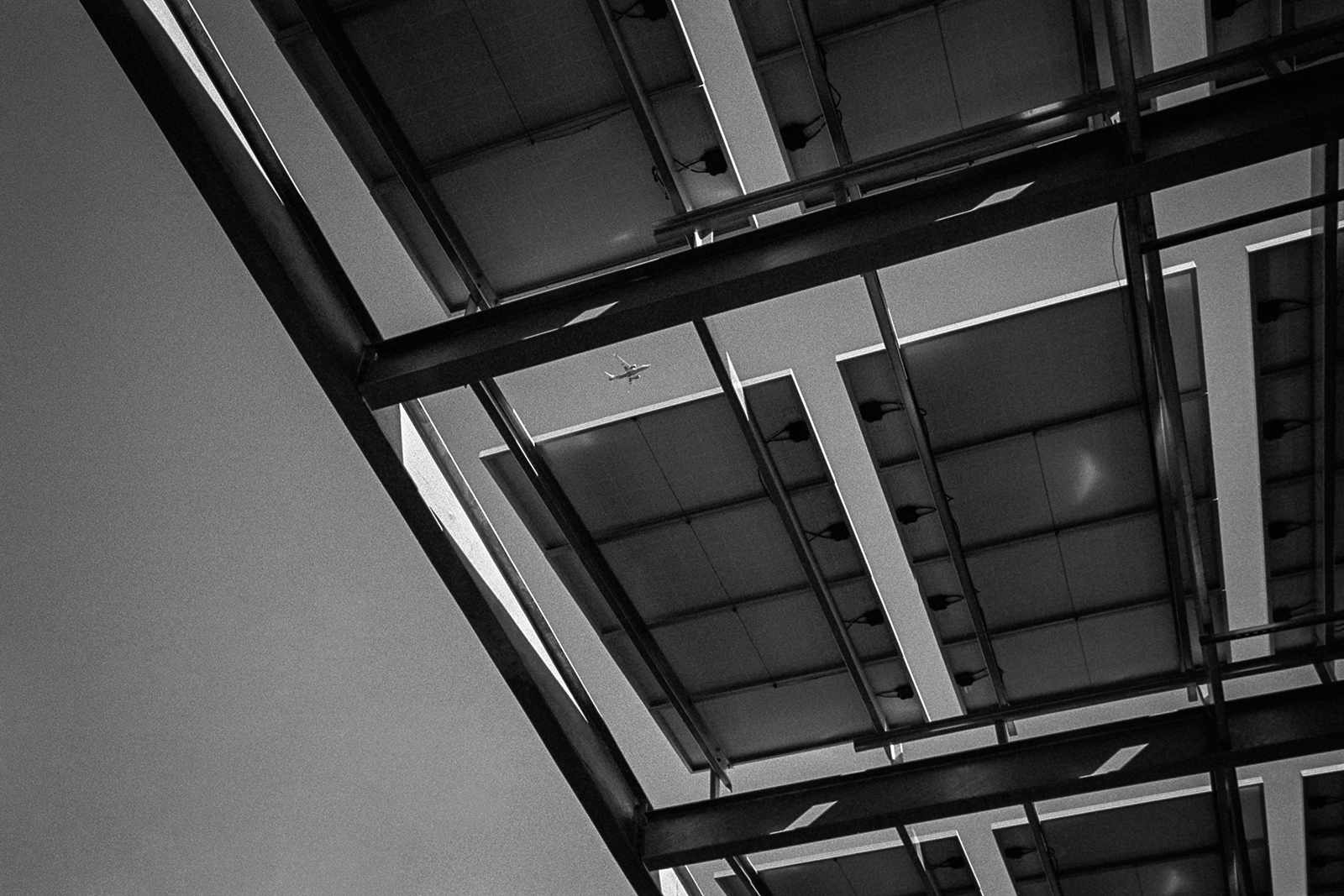
You always hear people say shooting with film means you’ll shoot less and this will make you a better photographer. But that sounds like a bunch of counter-intuitive hogwash! How can doing anything less make you better at that thing??
Let me tell you how. Film photography puts a practical limit on the amount of shots you have available to you at any given time. Usuall 24 or 36 exposures in a 35mm camera. This means you’re conscious of your shots as you’re taking them and this encourages to pay attention to making photographs rather than simply exposing frames.
I remember shooting the Pillow Fight Toronto 2015 with my Leica M 240. It’s a huge event when hundreds of people gathered for a gigantic free-for-all pillow fight. I jumped in the crowd and started snapping away. Blindly shooting through and around people while 9 year old kids socked me in the head with their surprisingly hard pillows. I exposed nearly 600 frames that day and got exactly zero images I liked. ZERO.
I wasn’t making photographs, I was exposing frames.
This isn’t to say I’m always going to create amazing photos when I’m shooting film. But it definitely helps put me in the right frame of mind to create photos. And that’s never a bad thing.
4 – Film Is Tangible And Real
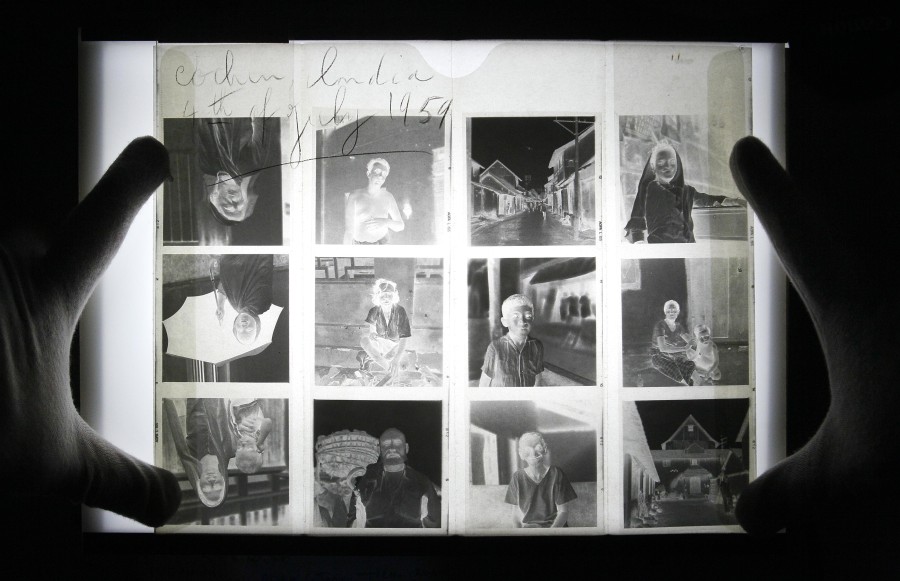
I backed up my digital photos in triplicate and kept 2 of the backups off site in different locations. No way I was ever going to lose a photo because I wasn’t prepared! But the reality is that we have no idea if the file formats we use today will be around in 100 years. Where would we be if Vivian Maier had a storage locker filled with Zip Drives? I’ve seen Storage Wars, those things would have been tossed in the trash first thing!
Film, for me, is tangible and real. You can pick it up and hold it. And I like the idea that the silver halides in the film’s emulsion are physically altered when exposed to light. It’s almost like the light that reflects off your subject passes through the lens and kisses the film to create the image. Giving the negative a direct connection subject that modern digital sensors do not share. Digital photography is always an interpreation of the data as seen by a computerized system.
Properly washed and stored negatives will last for hundreds of years before deteriorating. Finding a darkroom in the future is another story altogether but I like those odds in terms of archival stability!
5 – Nothing Else Looks Like Film
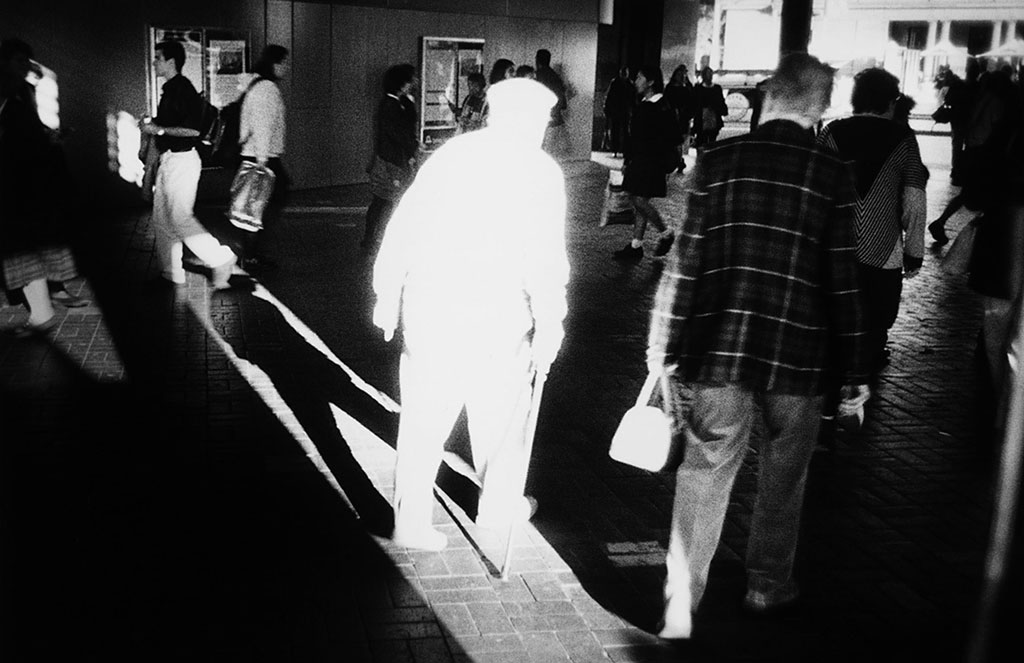
No post production filter can duplicate the look of film. Sure, some might come close but nothing matches the organic gradation of tones produced by an actual negative. Grain simulation in Lightroom always looks like noise. Grain looks like grain beacuse it’s organic and it’s beautiful!
Film highlights have their own unique look. In the above shot, Trent Parke exposed for the shadows and blows out the highlights. The overexposed old man becomes almost ethereal as he glows white in center the frame. A digital version of this shot would clip and look like a mistake, but film’s gentle halation creates the dreamlike quality that makes the shot successful.
6 – The Leica MP
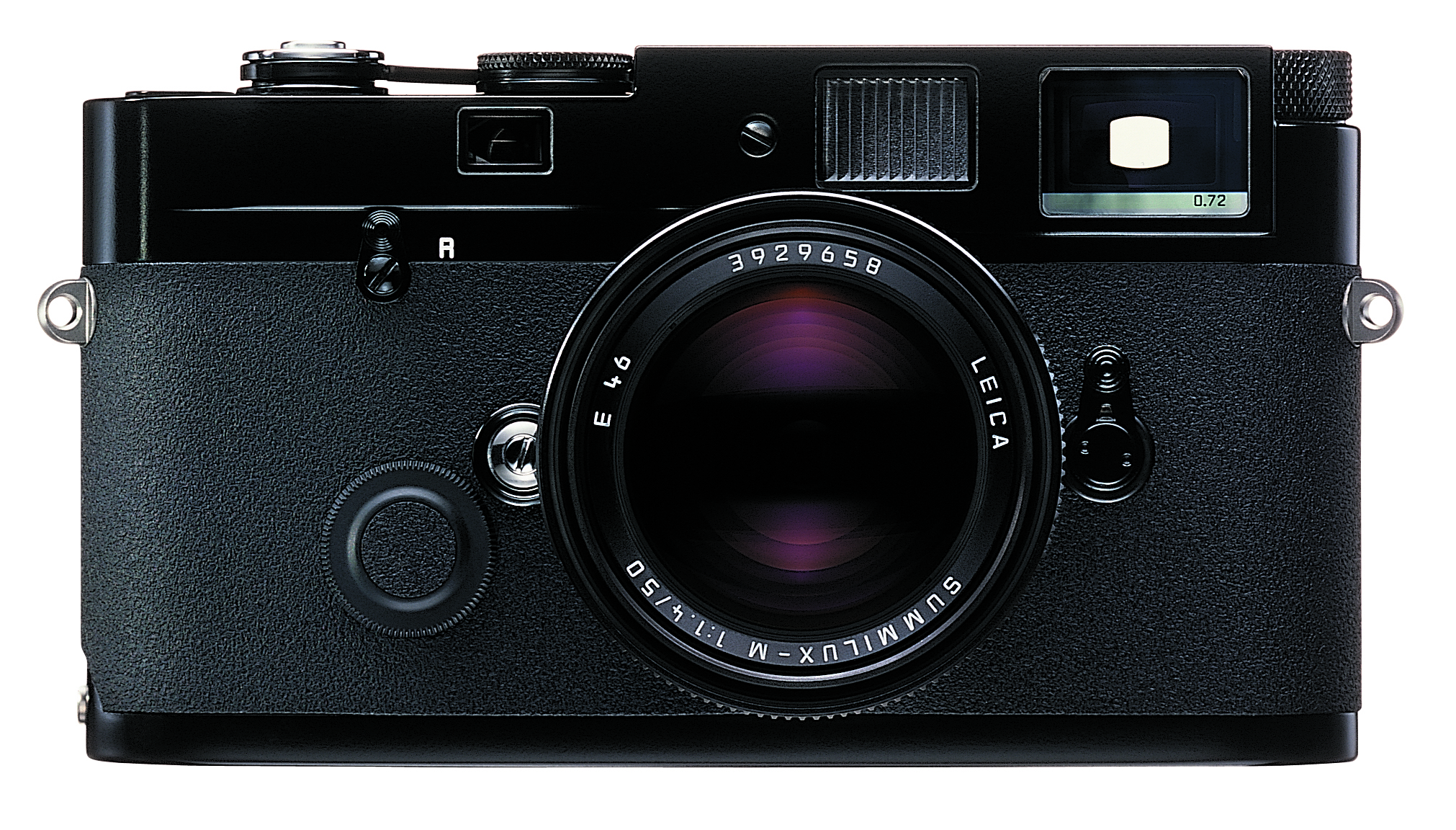
The Leica MP is an all mechanical rangefinder camera that uses a clockwork mechanism to fire the shutter. It can be operated entirely without batteries (with the exeption of the light meter). It’s always on and ready to shoot when you are. And it’s freaking beautiful.
Leica film cameras tend to hold their value over time as people know they last forever. They’re designed to be servicable rather than replaced. This means that they might need a tune-up every 5 years or so but a C.L.A. is much cheaper than buying a new camera. If you think of photography as a marriage rather than a first date then the Leica MP is the trophy wife of cameras!
7 – Film is Forgiving
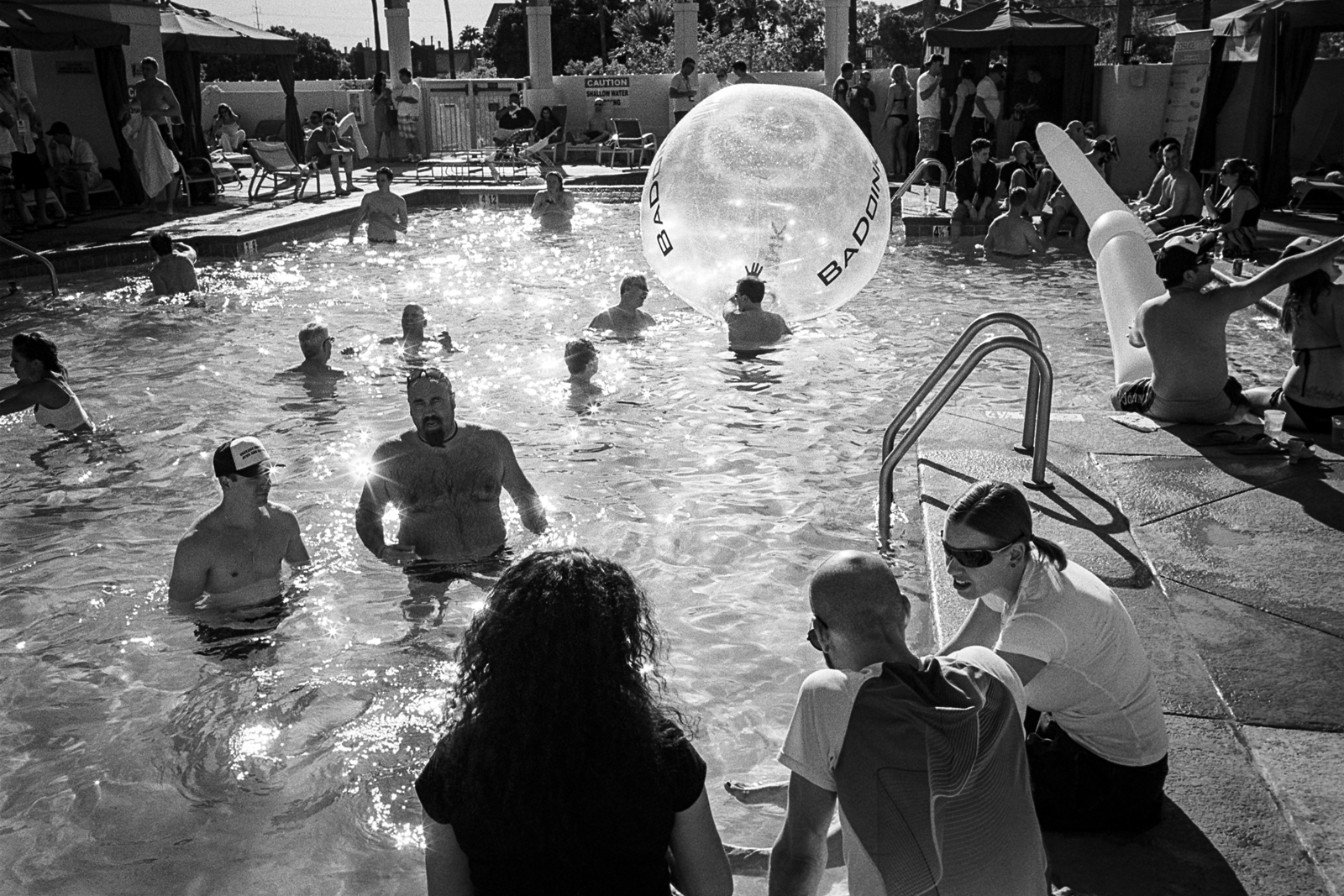
Film typically has more lattitude than current digital sensors. This means if you overexpose your negatives by a stop or more you’ve still got the ability to pull detail out of those highlights. There’s very little room for error with digital sensors. Once a pixel is white there’s zero detail left to recover.
Dan K. talks about this in his excellent article on JapanCameraHunter.com called Film For Digital Photographers:
In practice, having lots of exposure latitude means you don’t need to be spot on with your exposure. As you over-expose, you will lose highlight detail. Conversely, as you under-expose, you may start to lose shadow detail. It’s best to get it right, but when I am working with high-latitude print film in a meterless camera, I tend to err on the side of over-exposure and give an extra stop of exposure for good measure. This is Old timers would say “Expose for the shadows”.
In fact, you are supposed to be using something called “The Zone System” to balance shadows and highlights. Read up on it if you want to learn more. As a general rule of thumb, if the scene has a high dynamic range and your key subject is not the brightest part of the image, then expose to keep shadow detail. Let the emulsion’s greater over-exposure latitude handle the tricky highlights. This is the opposite of the way you’d do it with a digital camera, where you might try to avoid blowing out the highlights. Try it and once you have the hang of it, it will make a lot of sense.
8 – You Can’t Chimp Film
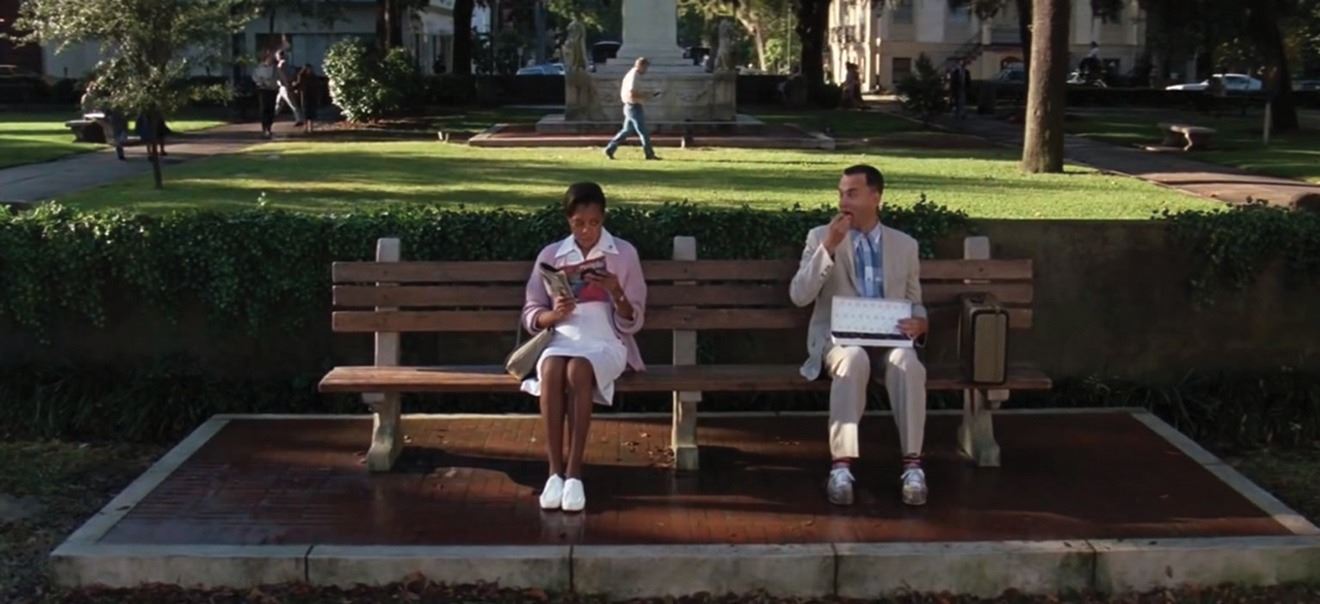
When you shoot film, you can’t see your images right away and that’s a good thing. Some people might panic a the uncertainty of not knowing if they got the shot. But film forces you to trust in your abilities as a photographer and concentrate on shooting. Forget about the image you just took, it no longer matters. All that matters is the next shot and you have to have your eyes on the street to see it coming.
You can try and chimp your film, but if you open the back of your camera you’re going to ruin it. Had to be said.
9 – The Megapixel Race Ends Here
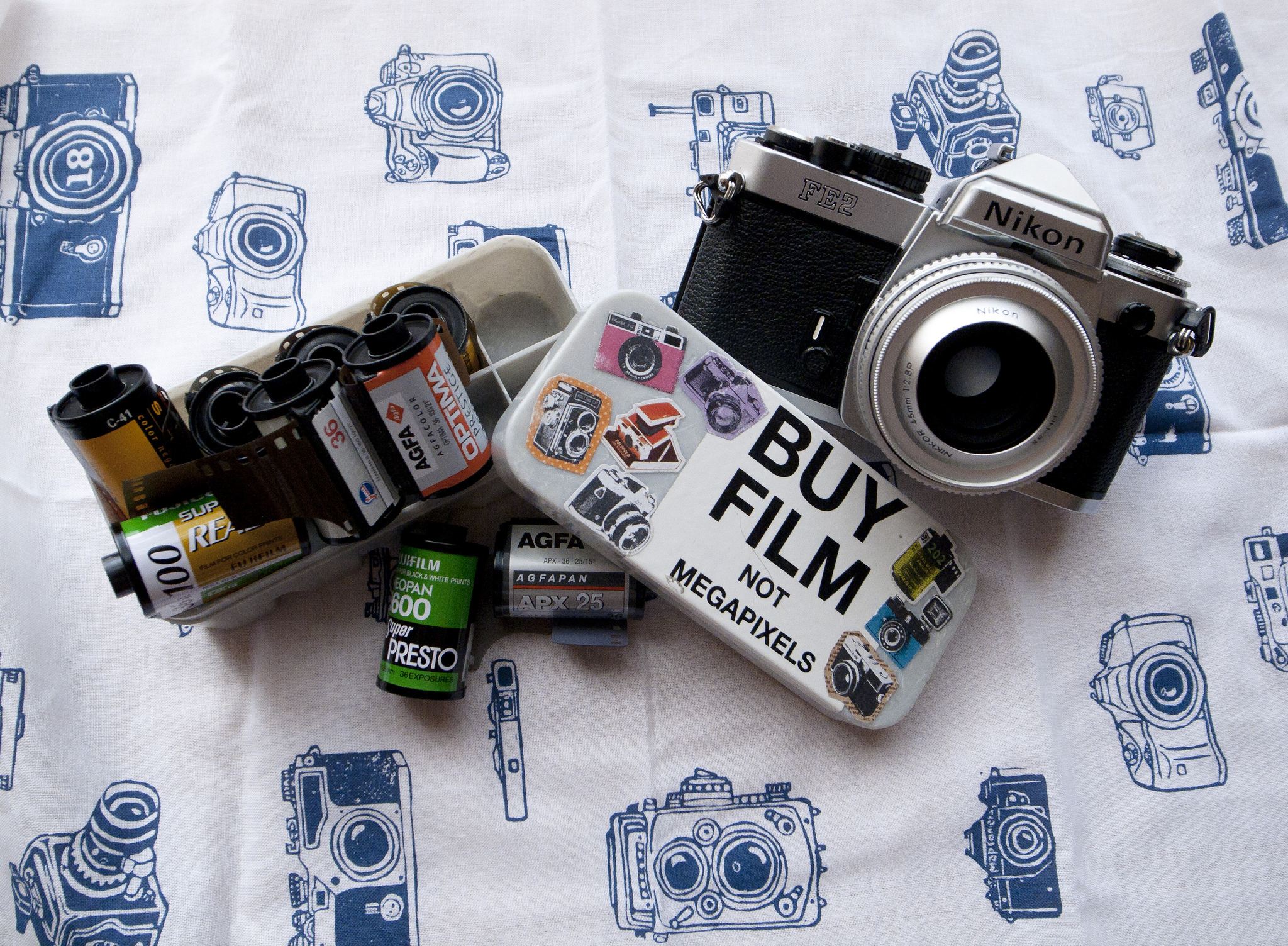
Depending what film you’re using, the megapixels equivelant of 35mm film is around 25 megapixels. That’s just slightly more than my Leica M 240 but the Sony A7R has a 35 megapixel sensor and the newly announced Canon 5DS comes in at 50 megapixels. Clearly digital has bested film for resolution.
But one of the great things about shooting film is that you can stop worrying about the gear. Stop worrying about the next sensor being better than the one in your camera. With film, the camera automatically becomes secondary to the experience of shooting – just load your film and go.
My friend Eric Kim summed this up on his blog:
With digital cameras they get outdated in around 2-3 years. Sure you can keep using the camera you have, but you will always be tempted by the newest and greatest. The newer cameras will always have more features, better ISO-performance, better image-quality, and new designs.
I fall victim to G.A.S. like everyone out there- and I hate it. I don’t want to make excuses for my photographs not being good enough because I don’t have the right camera or lens. Now with my film Leica and 35mm f/2 Summicron ASPH– I have no excuses. It is a kit I can theoretically use for the rest of my life. It will never get outdated (as it already is!) Imagine having a 1960’s Mustang vs a brand new BMW. The 1960’s Mustang will always have a nice appeal, whereas you constantly are pressured to buying the newest BMW.
Of course, if you have the will of 10 men, you can avoid the trappings of G.A.S. and live happily every after with the digital camera you have. But I only have the will of 8 men so I need all the help I can get!
10 – All The Cool Kids Are Doing It
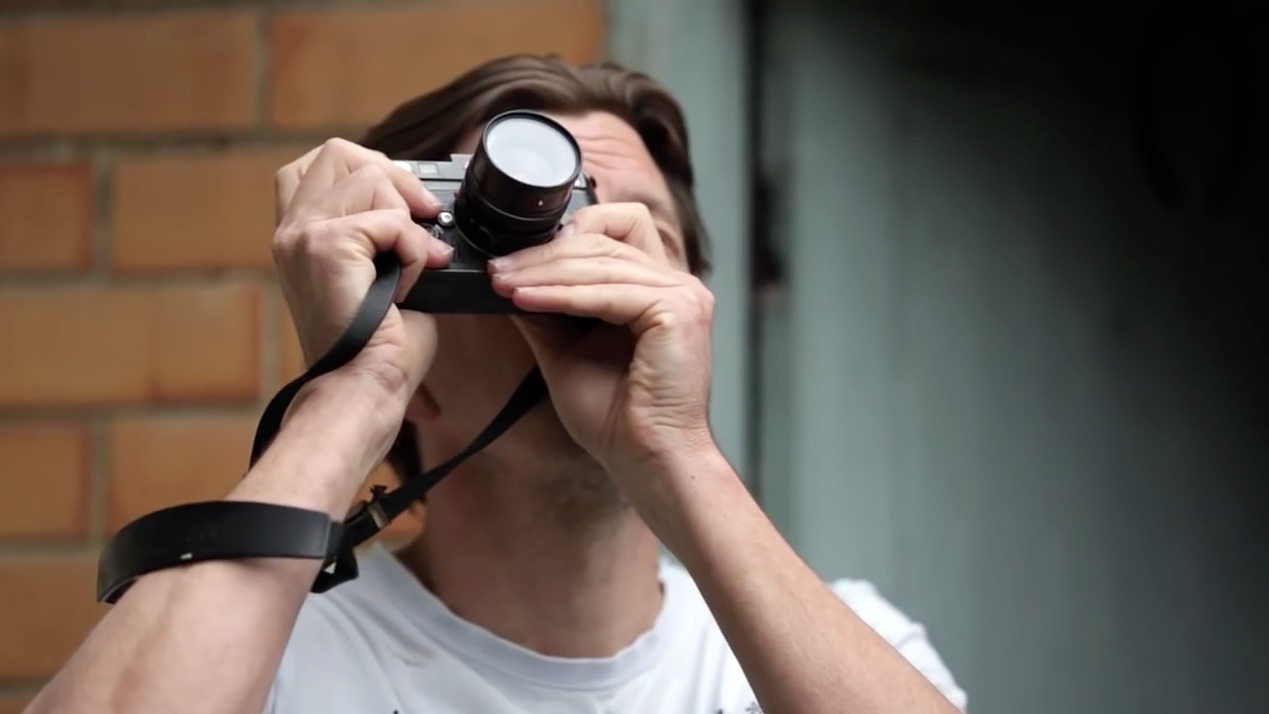
There’s a vibrant and growing community of film shooters online and there’s no sign of this movement going away any time soon. If you’re on the street shooting film and and another analog shooter comes along you can be sure they’ll nod hello or even stop for a friendly conversation. We gotta stick together!
From beginners guides to databases of developing times for every film / developer combination, film shooting is alive and well on the internet. Here’s a few links to get you going:
I Still Shoot Film.
Film Photography Project.
An Intro To Shooting Street Photography With Film.
The Massive Dev Chart.
The Online Darkroom.
And here are some film specific Flickr groups:
Street Photography (Film Only).
35mm Film Street Photography.
I Shoot Film.
I Shoot Kodak Film.
Film Is Awesome!
TriX Lovers.
Ilford HP5 Plus.
M6 And MP Leica.
StreetShootr’s Take
The funny thing is that I had been shooting film for decades before the advent of digital photography. The speed and ease of image making with digital almost made me forget what I liked about photography in the first place. I actually enjoy the technical side of photography in addition to the creative vision required to make beautiful images.
But we live in a world of digital distribution so after going to the trouble of shooting film and developing it myself I’m still scanning my negatives and using Lightroom to get them ready for output. I supposed I could make like Junku Nishimura or Blake Andrews and print everything on silver gelatin paper then scan the prints to show them online. It’s one step closer to true analog but it seems that everything still becomes digital at some point.
See Also: 10 Reasons I Switched From Film Back To Digital Photography
What’s your take on my decision to switch from digital to film photography? Too much of a pain in the ass to be feasible for most photographers? Or the future disguised as the past? Post your ideas in the comments below and keep the conversation going!

